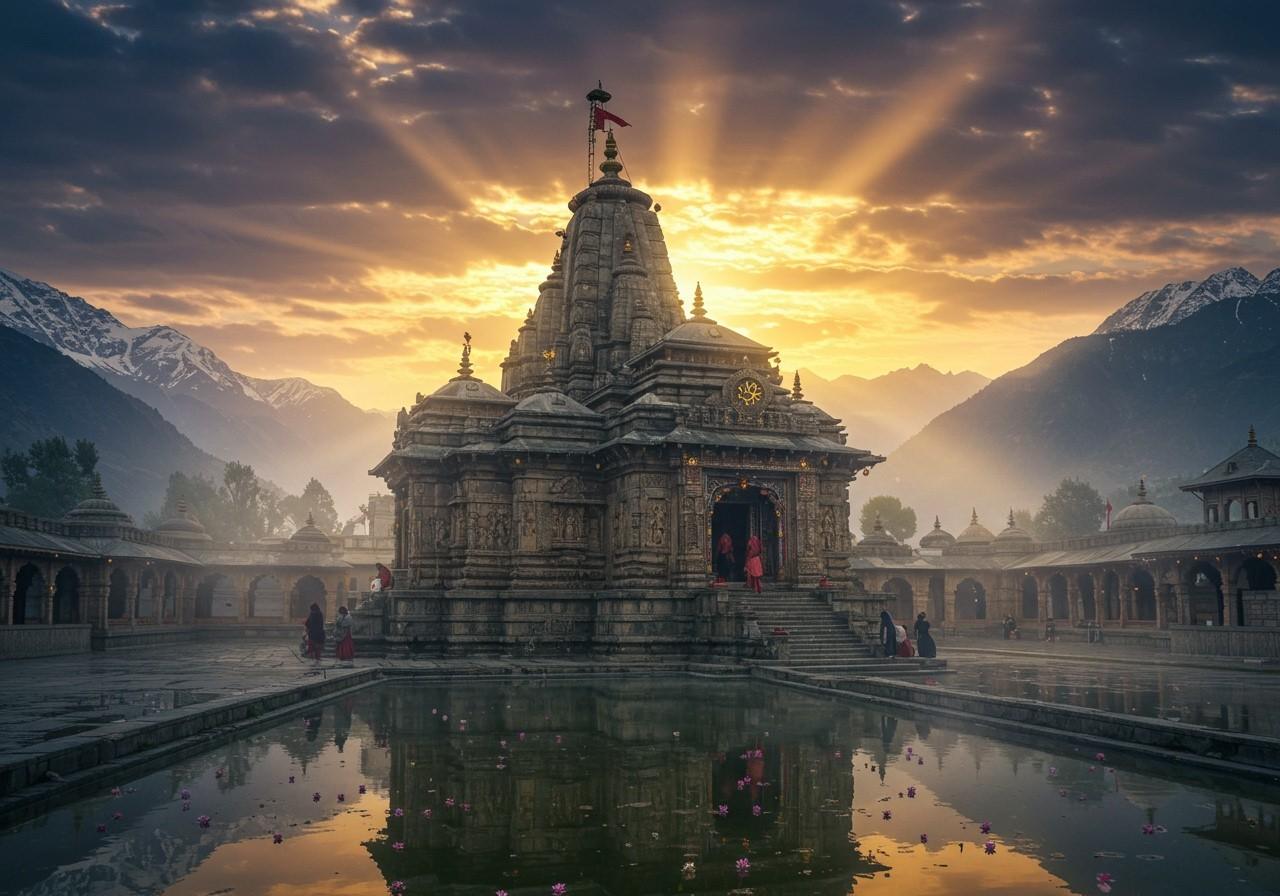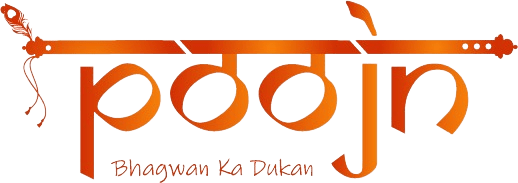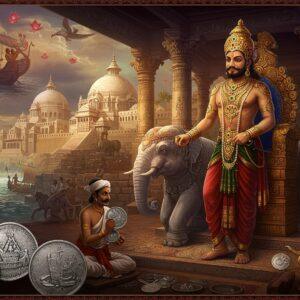

Have you ever looked closely at an Indian currency note or a coin? That powerful image of four lions standing back-to-back is something we see almost every day. It’s more than just a design; it’s the Lion Capital of Ashoka, the official National Emblem of India. This symbol is a whisper from our past, a reminder of our glorious heritage, and a promise of our nation’s strength. It connects us to a time of great wisdom and cultural richness, a story that began over two millennia ago.
A Journey Back in Time: The Story of the Ashokan Pillar
Our story begins around 250 BCE with the great Mauryan Emperor, Ashoka. After the devastating Kalinga war, a deeply moved Ashoka embraced Buddhism. He decided to rule not by force, but by Dharma (the path of righteousness). To spread this message of peace and moral duty, he erected massive pillars across his empire, and the one at Sarnath held special significance.
Sarnath was the sacred ground where Gautam Buddha first taught the Dharma after attaining enlightenment. The pillar, crowned with the magnificent Lion Capital, was placed here to honour this profound moment. For centuries, it stood tall, until time buried it. It was only in the winter of 1904-1905 that the British archaeologist F. O. Oertel and his team from the Archeological Survey of India unearthed this masterpiece. Today, while the pillar remains in Sarnath, the stunning capital is preserved for all of us to admire at the Sarnath Museum near Varanasi.
Decoding the Symbolism: What Every Detail Means
The Lion Capital is not just a sculpture; it is a rich tapestry of meaning, with every element telling a part of a larger story. It is a beautiful example of our deep-rooted connection with Hindu and Buddhist symbolism.
- The Four Majestic Lions: The four powerful lions, standing back-to-back, are the most striking feature. They represent strength, courage, pride, and confidence. Facing the four cardinal directions, they are seen as broadcasting the message of Dharma to the entire world, a roar of truth and peace echoing through time.
- The Dharma Chakra (The Wheel of Law): At the center of the abacus (the platform below the lions) is the Dharma Chakra. This wheel symbolizes the universal moral law and the teachings of the Buddha. For Emperor Ashoka, it also represented the continuous, forward movement of his just rule, urging the nation to progress with an open heart.
- The Animals on the Abacus: Between the wheels, you’ll find four other animals carved with incredible detail: a galloping horse, a bull, an elephant, and a lion. These creatures are believed to be connected to different phases of Buddha’s life and also represent the guardians of the four directions.
- The Inverted Lotus Base: The entire capital rests on a bell-shaped lotus flower. In Indian culture, the lotus is a powerful symbol of purity, divinity, and enlightenment. It represents the ability to rise above the mud of worldly desires to achieve spiritual awakening.
From an Ancient Pillar to India’s National Emblem
When India gained independence, our leaders sought a symbol that would capture the spirit of our new republic—a symbol of strength, peace, and timeless values. On 26th January 1950, the Lion Capital of Ashoka was officially adopted as the National Emblem of India. Below it, the words “Satyameva Jayate” (Truth Alone Triumphs) from the Mundaka Upanishad were inscribed. This powerful combination perfectly embodies the soul of our nation: strong and courageous, yet forever committed to truth and righteousness.
Connect with Your Heritage Through Poojn.in
Feeling inspired by the deep meaning behind our national emblem? The Lion Capital reminds us of the importance of keeping our traditions alive. At Poojn.in, we are dedicated to helping you stay connected to your cultural roots. Whether you are looking for authentic pooja samagri for your daily rituals or beautifully crafted culturally significant items that bring a piece of our heritage into your home, we have everything you need.
Explore our wide collection of items that celebrate our traditions. For those who wish to delve deeper into our ancient stories and philosophies, we also offer a selection of holy books. Let Poojn.in be your trusted partner in your spiritual and cultural journey.
Understanding the Sarnath Lion Capital Better
Many people have questions about this iconic symbol. Let’s explore some of the common queries.
What is the core meaning of the Lion Capital of Ashoka? It is a sculpture from 250 BCE, originally placed atop a pillar by Emperor Ashoka at Sarnath. It features four Asiatic lions and was created to commemorate the place where Buddha first delivered his sermon. It stands for the eternal principles of truth, peace, and courage.
Why is this Ashokan symbol so important to India? Its importance is two-fold. Historically, it represents the golden age of the Mauryan empire and the spread of Dharma. As our national emblem, it represents the sovereignty and core values of the modern Republic of India, reminding us of our rich past and our commitment to righteous principles.
What do the four lions truly represent? The lions are symbols of immense power and royalty. In the context of the emblem, they represent strength, courage, confidence, and pride. Their back-to-back placement signifies vigilance over all four directions, spreading the message of peace and righteousness everywhere.
Where can one see the original sculpture? To witness this incredible piece of history in person, you can visit the Sarnath Museum in Uttar Pradesh. Seeing the polished sandstone and the intricate details up close is a truly moving experience that connects you directly with our ancestors’ unparalleled craftsmanship and vision.


